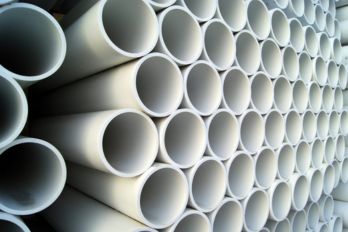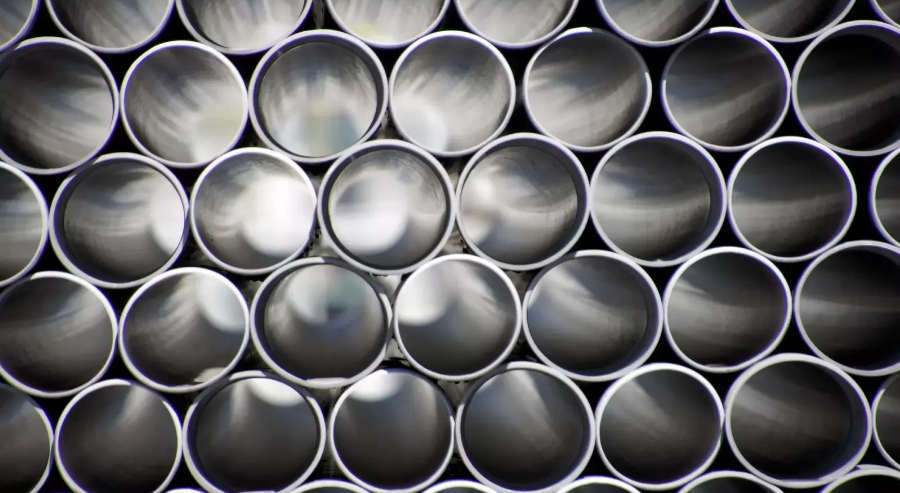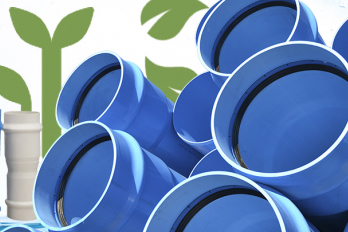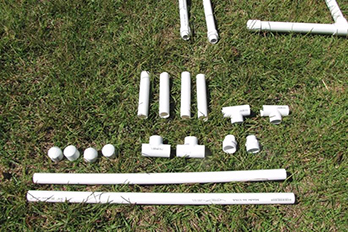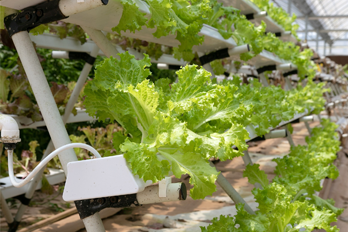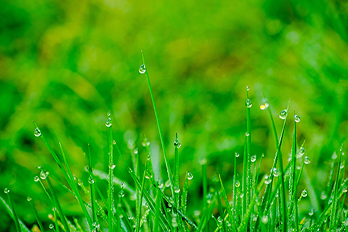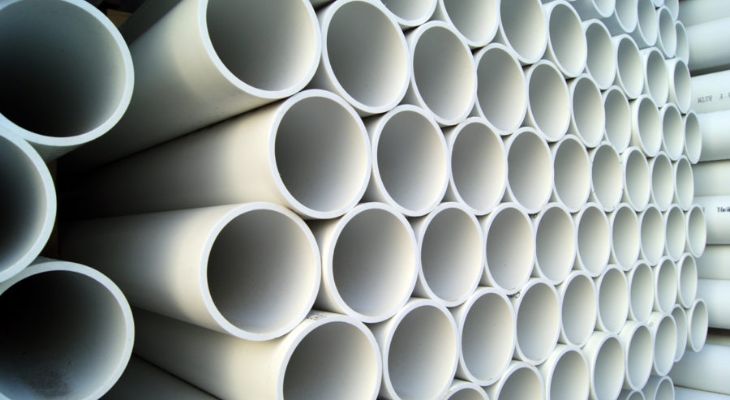
5 Simple DIY PVC Pipe Projects to Help Reduce Household Waste
Why don’t we reuse the offcuts or the PVC wastes to make them beneficial for other household tasks? Not only does the PVC pipe waste get utilized for other useful projects, but it also helps to minimize household waste to a great extent.
Though there are several ways of recycling, here are some best ways you can reuse the Polyvinyl chloride piping in your DIY projects.
Let’s read further to explore the five simple PVC projects that help you minimize household waste.
Top Five PVC Pipe DIY Projects You Must Try
Since PVC is lightweight, cost-effective and easy to work with, this is a popular choice for piping
- Turn it into a Recycle Bin
You can turn PVC pipe into a recycle bin with the following steps:
Step 1:
Cut the PVC pipe to at least 12 inches in length with a hacksaw. Also, get more pieces of 3 feet each.
Step 2:
Use 100-grit sandpaper to sand all the ends of the PVC pipe.
Step 3:
Fix 90 degrees elbow joint to either end of the short PVC pipe. For this, apply the PVC cement to the joints and the end of the pipe. Make sure the joints face the same direction.
Step 4:
Join the other two short pieces to elbow joints, and create the front and side parts of the cart base.
Step 5:
Connect 4-way PVC joints to the ends of side pipes. These joints form a T with the fourth connection above. The end of the T forms a section connected to the side pipes.
Step 6:
Attach the 4-way joints with a small pipe. It results in the square base for the cart, while the open connections extend to both the sides and the top part.
Step 7:
Connect these long pipes to the 4 way joint at the top, to create side handles.
Step 8:
Link the two elbow joints to the last short piece, and connect the elbows to the top part of the side handles.
Step 9:
Let the PVC cement dry overnight.
Step 10:
Screw the 13-inch axle to the wheel using a 6-inch diameter. Run the axle along open joints through the rear pipe, to screw the other wheel.
Step 11:
Keep the recycle bin on the cart base. You can use an automotive bungee cord to fix it firmly on the cart.
- Convert PVC to a Compost Bin
To convert it to a compost bin, you can follow the steps below:
Step 1:
Turn the normal garbage bin upside down.
Step 2:
Drill holes at its bottom. To make it easy for sliding the container and help catch leachate, you can drill four 32mm holes towards the centre of the bin.
Step 3:
Using a 38mm wide cutter, drill another large hole in the bin to let the PVC pipe pass through the bottom hole.
Step 4:
Drill four smalls in the front side of the bin to prevent the liquid from getting trapped in the sides.
Drill small holes in the PVC pipe with a 6mm drill. Make sure each hole is 2-3 inches apart.
Also, go drilling right through PVC to make 2 holes parallel.
Once drilling every hole, turn the pipe to 90 degrees and drill the next hole to make the four holes perfect.
Step 5:
Lay the bricks where you need the bin to be placed and maximize the airflow.
Step 6:
Raise the bin, and make sure the air flows beneath the bin and towards the air holes. Arrange the bricks in a semi-circular pattern to catch leachate.
Step 7:
Fit the PVC pipe base along the hole to place the PVC piping in the bin.
Step 8:
Add a bit of material and raise the pipe to maximize the airflow.
Step 9:
Cover the top with straw, soil, or sawdust.
- Feed Your Pets with a PVC Pet Feeder
Step 1:
You would require the following essentials you can buy from a hardware store. This includes top-end cap, long pipe, 90-degree fitting, lower-end cap and short pipe.
Step 2:
Glue the three last parts together using PVC glue since we cut them apart after we glue them to form the feeder's mouth.
You don’t have to glue the long pipe and the top end cap, this helps to clean easily in the future.
You can glue the long pipe to fix it into the 90-degree fitting you need.
Don't glue the top end cap, since here you need to fill the pet feed.
Step 3:
Ensure that the glue is set for 4-5 minutes before you proceed to the next step.
Make the 90-degree cut with a saw to form the mouth of the pet feeder.
Ensure to deburr the edges that are cut to avoid the excess plastic from getting eaten by cats.
Step 4:
Fill the lower part initially, then fill the top you think it’s accurate.
- Create a Stunning PVC Sprinkler
Making sprinklers is an interesting PVC DIY project, and you can use the following steps to do this:
Step 1:
Cut the PVC pipes. Take seven 10-foot PVC pipes and measure them into 30-inch units.
Take the eighth pipe and make it into a 29-inch unit.
Cut the pipe to these smaller units as marked along them.
Step 2:
Prepare a rough design of how the sidewall should appear. It should have three across the bottom and middle along with four 2 piece sections vertically.
Each side should match with the other side which has an open 4-inch extension at the bottom to let the hose connector attach.
Step 3:
With PVC cement, join each fitting to the pipes. Make sure you do this in a ventilated space to avoid inhalation of cement fumes.
Attach the garden hose connector to the 4-inch extension.
Step 4:
Apply the cement inside the fittings and get the pipes pushed into these.
Leave the cement to dry for 15 to 20 minutes before you follow the next step.
Step 5:
With the help of ⅛ drill, cut the holes. You can either use a larger or smaller drill bit as you wish but this can affect the water pressure. The smaller the hole, the larger the water pressure.
Step 6:
Measure Is 6 inches on the top sides of the vertical sections for every side wall. Drill the holes at every mark.
Step 7:
The top section is the final portion of the build. Stand the side walls to the top and connect them with the top horizontal sections. You can now test out the project and have fun running PVC sprinklers.
- Gardening with PVC grabs your heart
To make the PVC pipe garden, you require a 4-inch PVC pipe, cocopeat, ½-inch PVC pipe, soil, vermicompost, and water.
Step 1:
Drill holes to plant on the 4-inch PVC pipes. Make sure that the spacing remains even to implement optimal planting.
Step 2:
Cut half-inch PVC pipes to proper legs and make irrigation holes.
Seal the pipe with a weed block and fix it to the 4-inch pipe.
Fill the pipe with soil to start planting which will create a beautiful PVC pipe Garden.
The use of Plastic PVC pipes to perform gardening might appear unusual in a natural ecosystem. However, since you repurpose the discarded pipes, this is a sustainable way to encourage waste management.
Wrapping Up
We hope that these incredible and smart ways for DIY projects using PVC pipes have given you great ideas to implement them at home.
Recycling PVC helps to save energy since it avoids carbon extraction from the earth. It is easy to cut, paint, drill and glue PVC pipes.
With creativity and imagination, creating the best out of PVC not only gives birth to amazing projects but also helps you reuse them into useful systems cost-effectively.
 ISO 9001:2015 Certified Company
ISO 9001:2015 Certified Company ISI certified IS: 4985, IS: 9537
ISI certified IS: 4985, IS: 9537
